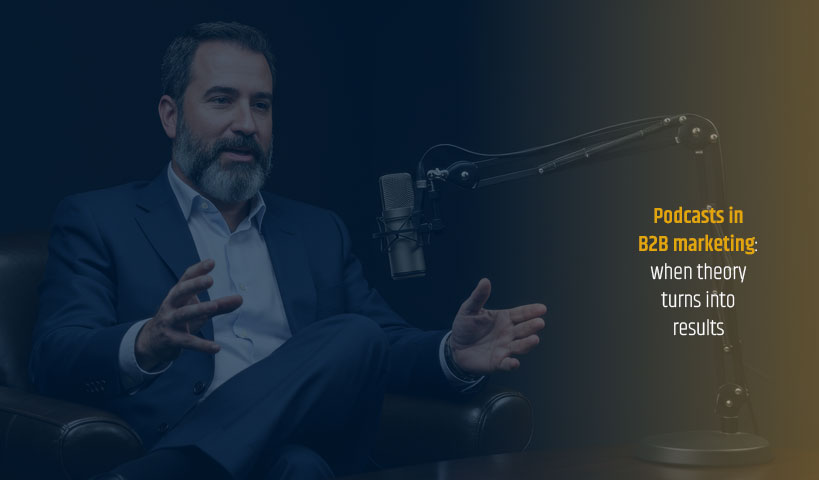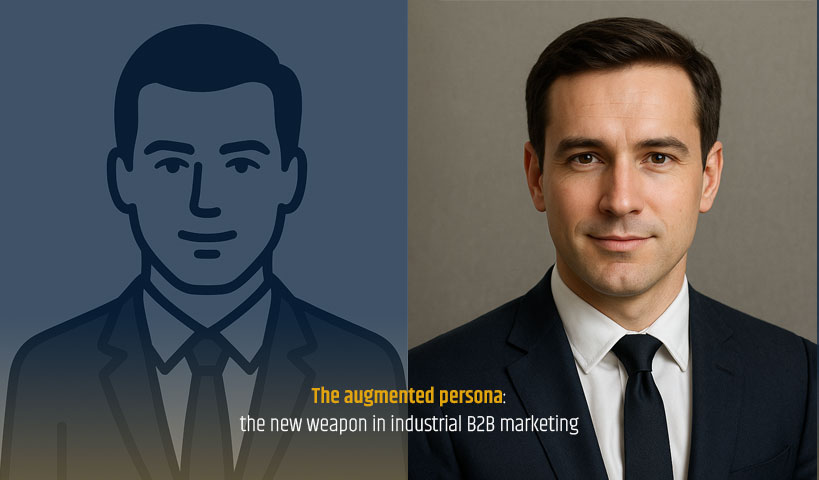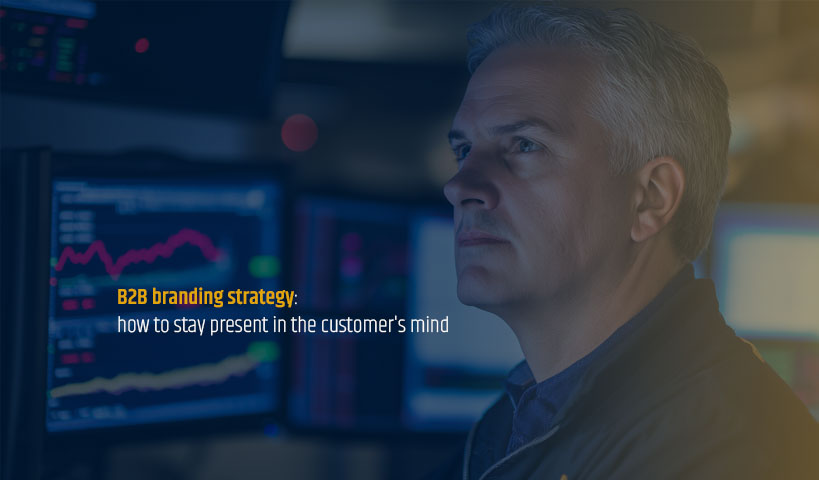
Is the consumer or business marketing all the same? If it were, buying a molten metal skimmer would be just as easy as buying a bottle of shampoo, wouldn’t it? What makes B2B marketing so different from B2C marketing?
We’re aware that we’re coming back to a subject that seems to have already been settled in everyone’s mind, but still too many B2B companies are adopting or unknowingly being suggested a B2C marketing approach, and paying the price for it. And agencies that propose approaches not adapted to B2B give the industry a bad name.
There’s a world of difference between the buying behaviors that differentiate B2B marketing from B2C marketing (expressed here in relation to a product or service). These fundamental differences stem from 12 characteristics that we have listed:
- Complexity / technicality of the offer
- Association / interdependence / often linked to services
- More inclined to be “more expensive” to buy
- Limited number of buyers
- A small number of customers represents a disproportionate value of revenue for your company
- Several people (or even purchasing committees) are involved in the buying process
- Decision-makers are often experts in their field
- Sales cycles are often long
- The impact of a purchasing decision is often major or significant
- Decisions tend to be rational
- Relationships are often very important
- Financial, functional, ecological and technological risks are often greater
Does your product or service meet most of these criteria? No…? Then don’t be surprised if your product or service is the subject of a complex purchasing cycle and requires attention!
The complex purchasing cycle
In a vast majority of cases, more than one person inside and/or outside the organization has a say in the decision to buy B2B products and services. Each persona has a role to play at a given moment, and a specific responsibility among those of the other players in the purchasing process.
You’ll agree that it’s easier to buy a bottle of shampoo than a skimmer of molten metal! The number of parties involved and their motivations are not the same. Also different is the buying cycle in both complexity and velocity.
The path to evaluating and making a purchasing decision follows a logic known as the “complex purchasing cycle”, through which buyers proceed to obtain what they need to complete their mission at the right time.
In short, although the buying cycle begins at the “discovery” phase, it is often invisible, despite the fact that it commonly takes place on the Internet. It’s when potential customers (prospects) contact you by form or otherwise that they come into the open.
The active buying process begins with the “qualification” phase. This is usually a technical evaluation phase. The prospect wants to know if and “how it works”.
Subsequently, the various players in the decision-making process focus their efforts on evaluating the risk and price of your offer, and finally on justifying the purchase: “why buy” from you?
After the act of buying, don’t neglect the “adoption” phase of your product or service. Poor adoption can undermine future sales or, better still, generate opportunities for cross-selling and/or value-added products and services.
Conclusion
To learn more about the fundamental differences between B2B and B2C marketing and the complex buying cycle, I invite you to consult our page on B2B marketing, where we explain it clearly and in detail, including this chart:

I also invite you to contact our team. They can tell you how marketing plays an essential role in the buying cycle. And how it accelerates sales when done methodologically.




